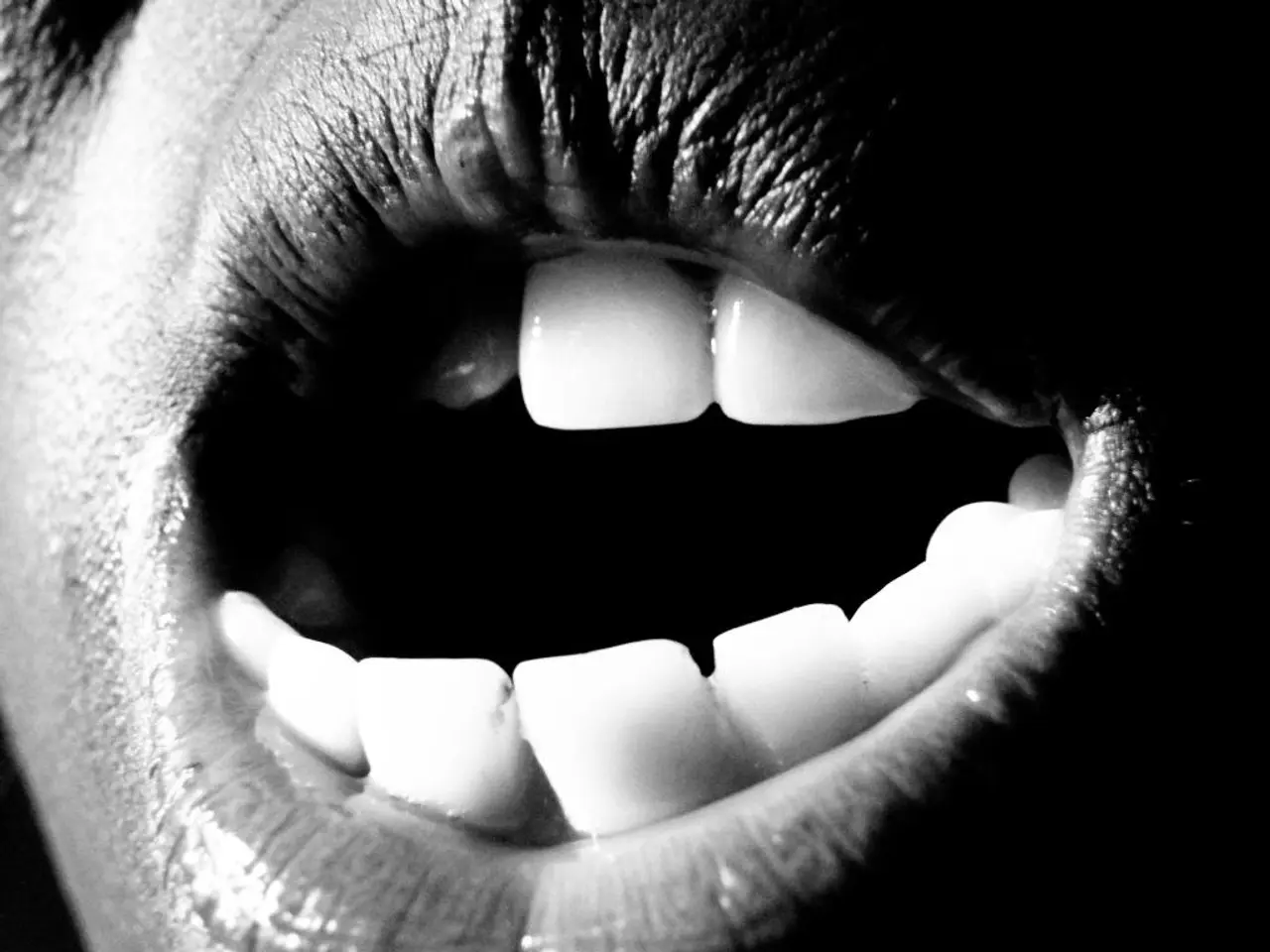Shoulder Labrum Injuries: Causes, Signs, and Remedies
A torn shoulder labrum, a common injury among athletes and individuals who engage in activities requiring quick, overhead arm movements, can cause discomfort and limit mobility. This article provides an overview of the symptoms, diagnosis, and treatment options for different types of torn shoulder labrum, focusing on Bankart lesions, SLAP tears, and posterior shoulder instability tears.
### Symptoms
General labral tear symptoms include shoulder pain (especially during overhead or throwing activities), sensation of instability or "giving way," decreased range of motion, tenderness around the shoulder joint, and decreased strength and functional limitations.
SLAP tears (Superior Labrum Anterior to Posterior) are characterised by pain during overhead movements or throwing, clicking, popping, or catching sensations, weakness, and reduced throwing velocity in athletes, and tenderness at the biceps tendon anchor area.
Bankart lesions (anterior-inferior labrum tear associated with shoulder dislocation) are marked by recurrent shoulder instability or repeated dislocations, sensation of the shoulder slipping out of place, and pain, especially in abduction and external rotation.
Posterior shoulder instability tears present with posterior shoulder pain, especially with pushing or weight-bearing activities, feeling of looseness or instability in the back of the shoulder, and posterior tenderness and discomfort in the posterior capsule.
### Diagnosis
Doctors diagnose torn shoulder labrum through a physical examination focusing on shoulder stability, range of motion, and tenderness areas, as well as imaging studies such as MRI with specific views (e.g., ABER view for SLAP) to evaluate labral and associated soft tissue injuries. Arthroscopy may be used for direct visualization if non-surgical diagnosis is inconclusive or if surgical repair is planned.
### Treatment Options
Treatment options for a torn labrum include non-surgical and surgical methods. Non-surgical treatment involves rest and activity modification, physical therapy, medications, and injections. Surgical treatment, typically arthroscopic labral repair, is common for persistent symptomatic tears, especially for Bankart lesions and SLAP tears with recurrent instability or mechanical symptoms.
#### Non-Surgical Treatment
Rest and activity modification involve avoiding aggravating activities and a rest period of 2-6 weeks, especially in throwing athletes. Physical therapy focuses on restoring range of motion, reducing inflammation, strengthening shoulder muscles, and improving stability to prevent further injury. Medications include NSAIDs to reduce pain and inflammation, and cortisone injections to reduce inflammation. Some centres use orthobiologic injections like PRP to enhance healing.
#### Surgical Treatment
Arthroscopic labral repair is common for persistent symptomatic tears, especially for Bankart lesions and SLAP tears with recurrent instability or mechanical symptoms. Capsulolabral repair for posterior instability is most commonly performed on patients with posterior labral tears and instability. Sometimes, additional procedures like SLAP repair, biceps tenodesis, or microfracture for cartilage defects may be included in the surgery. Use of remnant-preserving techniques in arthroscopy may decrease postoperative pain and improve healing by minimising tissue disruption during repair.
### Specifics for Each Type
| Tear Type | Common Symptoms | Non-Surgical Treatment | Surgical Treatment | |---------------------------|-----------------------------------------------|----------------------------------------------------|---------------------------------------------------------| | Bankart Lesion (Anterior) | Recurrent dislocation, instability, pain | Rest, PT for stability and strengthening, NSAIDs | Arthroscopic Bankart repair to restore labrum and capsule | | SLAP Tear | Pain with overhead activity, clicking, weakness | Rest, PT to restore motion, NSAIDs, injections | Arthroscopic SLAP repair, biceps tenodesis if biceps involved | | Posterior Instability Tear | Posterior shoulder pain, instability | Rest, PT focused on posterior stability, NSAIDs | Arthroscopic posterior capsulolabral repair; may include SLAP repair, microfracture if cartilage involved[2] |
Doctors may advise a person to wear a sling following shoulder surgery to repair a torn labrum, and athletes may wear a sling for the first 4 weeks after the procedure. Recovery from arthroscopic surgery is generally quicker and less painful than open surgery. Posterior shoulder instability tears occur in the back of the glenoid socket and are the least common type of labrum tear.
It may not always be possible to prevent a shoulder labrum tear, but a person can take steps to reduce the risk, such as being careful when climbing a ladder or walking up or down steep stairs. Anyone who plays a sport that requires them to reach their arm over their head frequently should see their doctor if they experience pain. During the recovery period, a person should avoid using the shoulder as much as possible, which can involve taking a break from playing sports.
The labrum is a cartilage that lines the ball-and-socket joints of the shoulders and encircles the glenoid, a cavity in the shoulder blade. A SLAP injury can take between 6 weeks and 2 months to heal while a person receives treatments such as medications, physical therapy, or cortisone injections. The American Academy of Orthopaedic Surgeons notes that it can take several weeks to recover from surgery.
[1] Burkhart SS, Morgan CD, Andrews JR, et al. Anatomy and biomechanics of the superior labrum anterior to posterior (SLAP) lesion in the shoulder. Arthroscopy. 2003;19(6):646–652.
[2] Snyder SJ, Snyder SJ. Posterior shoulder instability: anatomy, biomechanics, and treatment. Orthop Clin North Am. 2012;43(4):511–520.
[3] Maffetone AM, Maffetone RP. Platelet-rich plasma injections in the treatment of rotator cuff tears. Sports Health. 2013;5(2):119–125.
[4] Agarwal N, Burkhart SS, Lo IK, et al. Remnant-preserving Bankart repair for anterior shoulder instability. Arthroscopy. 2015;31(3):469–476.
- Chronic diseases and medical-conditions, such as shoulder pain, can be caused by various factors like accident and falls, particularly in cases of a torn shoulder labrum, which is common among athletes involved in activities requiring quick, overhead arm movements.
- When focusing on health-and-wellness, it's important to note that science has played a significant role in understanding the symptoms, diagnosis, and treatment options for different types of torn shoulder labrum, including SLAP tears, Bankart lesions, and posterior shoulder instability tears.
- Preventing chronic diseases like shoulder pain may involve implementing safety measures in daily activities, such as being cautious during activities like climbing a ladder or walking up steep stairs, in addition to seeking medical advice if any discomfort is experienced during sports activities requiring frequent overhead movements.




